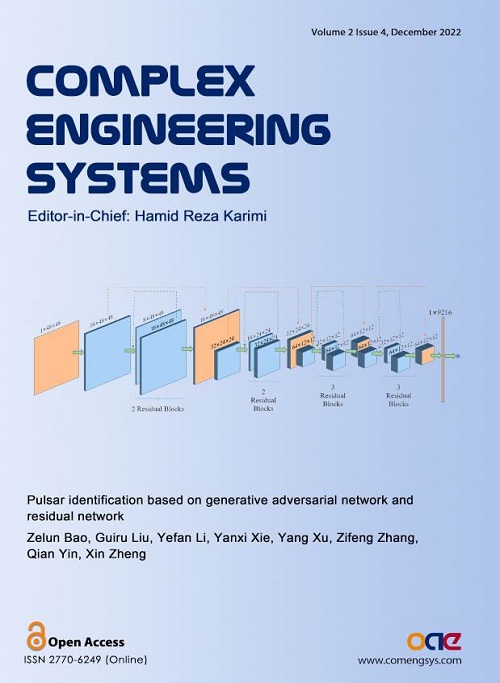Volume 2, Issue 4 (December, 2022) – 3 articles
Cover Picture: The search for pulsars is an important area of study in modern astronomy. The amount of collected pulsar data is increasing exponentially as the performance of modern radio telescopes improves, necessitating the improvement of the original pulsar search methods. Artificial intelligence techniques are currently being used in pulsar candidate identification tasks. However, improving the accuracy of pulsar candidate identification using artificial intelligence techniques remains a challenge. Because the amount of collected data is so large, the number of real pulsar samples is very limited, which leads to a serious sample imbalance problem. Many existing methods ignore this issue, making it difficult for the model to reach the optimal solution. A framework combining generative adversarial networks and residual networks is proposed to greatly alleviate the problem of sample inequality. The framework first generates stable pulsar images using generative adversarial networks and then designs a deep neural network model based on residual networks to identify pulsar candidates using intra-block and inter-block residual connectivity. The ResNet approach has a better ability to fit the data than the CNN approach and can achieve the extraction of features with more classification ability with a smaller dataset. Meanwhile, the data expanded by the high-quality simulated samples generated by the generative adversarial network can provide richer identification features and improve the identification accuracy for pulsar candidates.
view this paper
Read Online Viewed:
Download This Issue Viewed:






